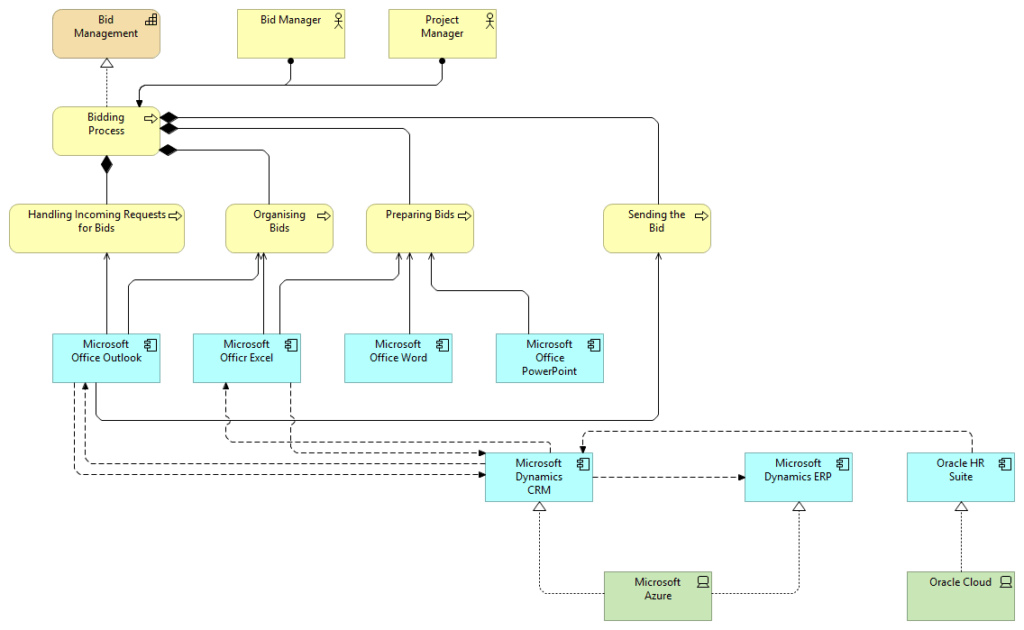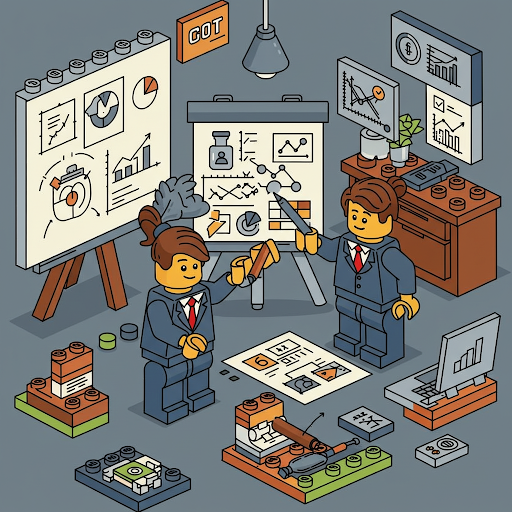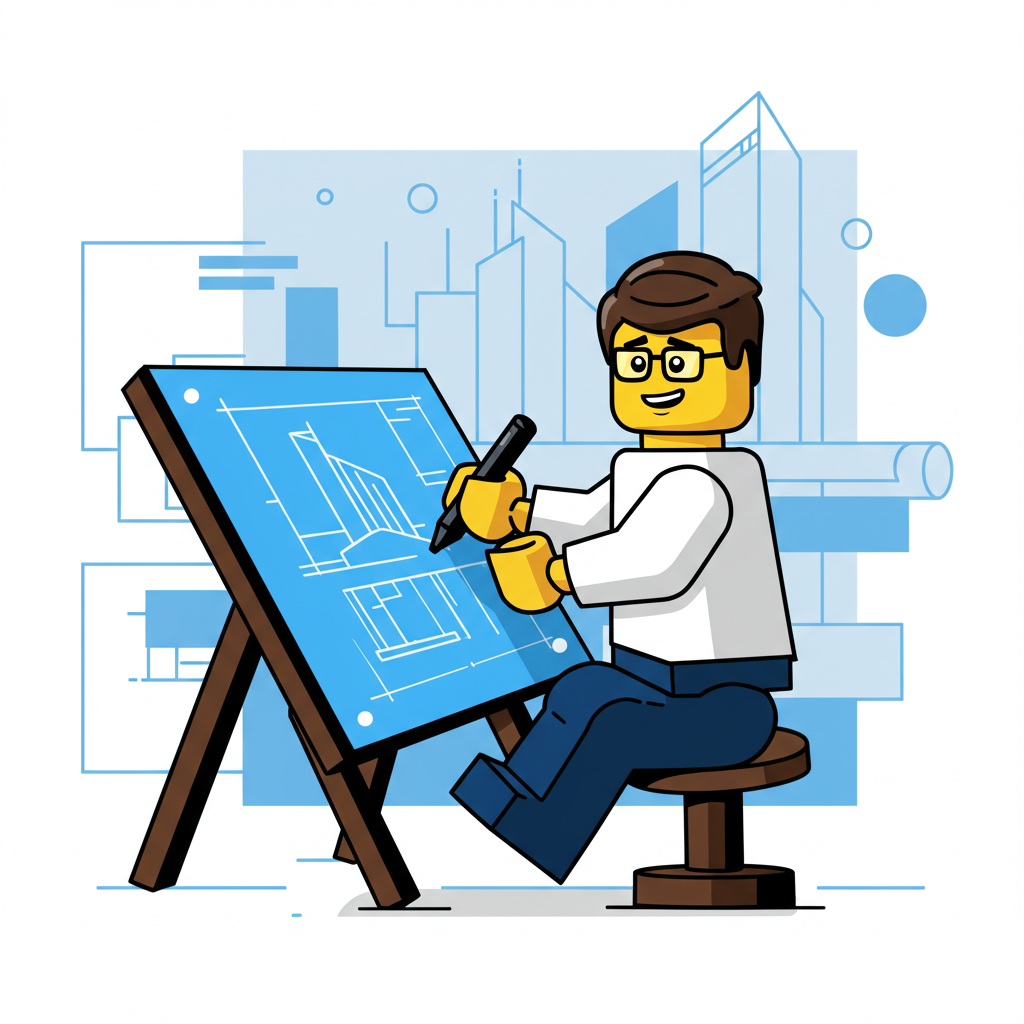The enterprise architect, armed with the documentation produced during the preparations for the preliminary workshop, then calls for the first, second and third workshop. During this the enterprise architect realises that there are certain perspectives that he would have to understand before moving forward with the workshop.
During the workshop he would have to approach the subject matter experts with an open mindset. This means that he would ask about how they work together and what tooling (Application Components) they are using in order to get the major steps in the business process working. This would require a set of open questions such as:
- When making a bid for a new project what applications do you make use of?
- Who will you be contacting and how do you do so?
- Where do you store bid, project and customer data?
- How do you create an overview of ongoing bids, project and customer data?
The above questions are to lead to the overview of business applications in scope and how the dataflow works as of today. The background information that the enterprise architect produced based on the workshop with the head of departments can be used as a source of inspiration and can be shared with the stakeholders before the meeting takes place, so they have the opportunity to provide relevant information during the workshop.
The second workshop would be more about the exact business interfaces and the subsequent identification of needed integrations for supporting the dataflow among the business applications in the AEC-company. The secondary purpose of this workshop is to give the business stakeholders the necessary help to come up with improvements in the form of the TO-BE process. A bit prematurely, it could look like the below illustration, but it would have to be clarified:

The third and the last workshop is to ensure alignment among the stakeholders on how the processes should be digitally supported. In between these workshops the enterprise architect will engage with the business stakeholders to get their viewpoints and refine the models and the recommendations.
Line of Sight
The enterprise architect has now the application view of how the business process likely would be like after the transition architecture will take place for the bid process:

From the bid management capability view a lot of new information is disclosed:





